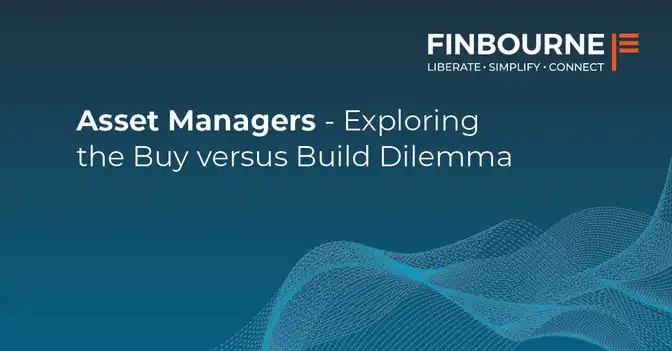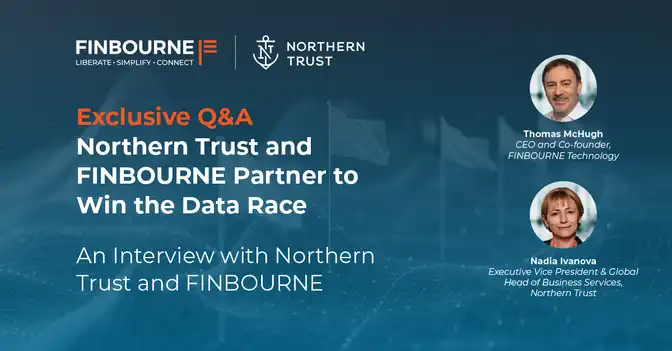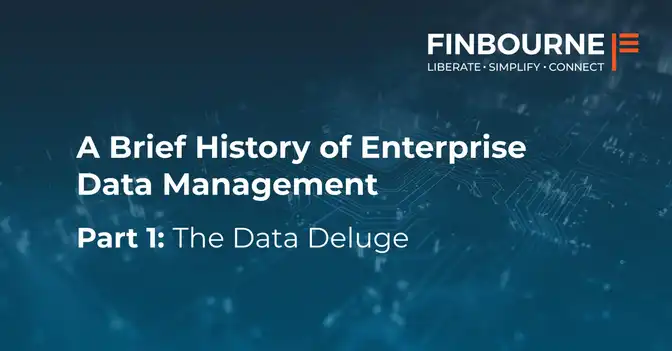As reported in the recent AIMA, Emerging Stronger industry report, there has been a long-standing recognition that large asset owners across the globe actively tend to select fund managers with a track record of at least three years and an AUM of over US$100 million, in the running for sizeable mandates.
Interestingly that notion has been turned on its head in the AIMA survey and it appears we are in the midst of a sea change. The Emerging Stronger report cites the vast majority of 26 global asset allocators with upwards of $400bn in AUM, would happily consider a fund that was less than three years old and holds less than US$100 million AUM.
Moreover, investors appear more willing to engage with managers at an earlier stage in their lifecycle and are taking less time to agree to new investments. While this paints an optimistic picture for hedge funds, many are facing fresh challenges, with tougher competition from private equity and private credit firms, leaner resources and a new hybrid working model, following the pandemic.
Though mostly positive, the survey does outline some of the primary barriers to investing cited by asset owners. Principal among them, is the concern over operational due diligence and lack of fund transparency. With this in mind, emerging hedge funds have both a significant opportunity and a challenge ahead of them.
So, just how will they compete with their more established peers to meet rising demand and what role does SaaS technology play in delivering the scale and speed that is necessary to succeed?
We explore these findings in a Q&A with Michael Cummins, portfolio management lead at FINBOURNE Technology.
Michael, what are your initial thoughts to the findings within the Emerging Stronger report and are there any surprises here?
The findings discussed in the AIMA Emerging Stronger report very much mirror the sharp rise in interest from asset owners, globally. We have seen in the last 12 months alone, increasing asset owner allocations, as part of a well-documented shift towards active management. So much so that at the end of 2021, the total capital invested in the global hedge fund industry rose to an estimated $4.04 trillion.
It is interesting but not surprising that asset owners are looking to get their foot in the door much earlier and are adjusting their risk appetite, accordingly. This is an exciting prospect for hedge funds but not a slam dunk. Reaping the rewards of this momentum is proving challenging on many fronts.
For example, understanding and building investment strategies around private markets and digital assets, requires special insight. However, while the industry AUM may be going up, talent availability is becoming scarce. Hedge funds are not exempt from the Great Resignation. In fact, earlier this year the Financial Times reported investment management was facing a ‘global war for talent’ particularly in private assets and sustainable investing.
We know, hedge funds have historically been challenged in finding experienced operations talent. Now with leaner resources and low technology adoption, they are facing an altogether different challenge of human capital risk. Colliding with this, is a heightened period of volatility and growing competition from private markets specialists, and even traditional long only shops moving in on their home turf.
The report definitely illustrates a timely opportunity for emerging managers, who are certainly more agile and can capitalise quicker than more established funds. However, without the right resources, infrastructure and ability to demonstrate due diligence – which was cited as a key concern for asset owners – funding will become harder to secure.
A scalable technology foundation that can support AUM growth is pivotal. How hedge funds choose to tackle this and the investment technology that forms their operational foundation, will play a vital role in their long-term success. At the core of this is an asset that is equally critical to a funds’ people – trusted and real-time data. You need to ingest data, translate it, and have total control and confidence in it.
With SaaS-native technologies, achieving this at scale and at speed, is possible. So, while there is heightened energy and excitement, gaining data integrity and operational resilience will be the differentiating factor in a highly competitive market.
The report picks up on the continued high volatility and increasing asset owner interest, which can play into an emerging fund’s favour. As such, it can be tempting to rush into traditional architecture for a quicker launch, but what are the pitfalls of doing so?
It really can be tempting to go down the tried and tested route, albeit short-termism, especially for emerging hedge funds already experiencing fast growth. However, many of the challenges hedge funds are facing around due diligence and governance, are born out of exactly this approach. In fact, the pain points experienced today e.g. lack of real-time data and capabilities to handle complex data sets or new geographies, and insufficient insights to support investment strategies and decision making, all come back to a root cause – an insufficient data foundation.
Where established funds have lagged on technology innovation, the valuable lesson for emerging funds is to get ahead of it now, to support AUM growth, not only in the short term, but in the future too. The need is one of scale but also breadth of capabilities; with ESG, private markets and digital assets on the rise.
At the same time, funds should not be distracted from their primary goal of alpha generation. This is why, rather than the arduous route of buying, outsourcing, or building solutions, we believe there is another way. One where funds can own and control their investment data and gain speed and agility. Having witnessed the lack of optionality in the market and dealt with these challenges first-hand in our former lives, we set out to make hedge fund workflows easier to manage, by designing a scalable, SaaS data management platform, with mission-critical PMS functionality built on top.
As a result, LUSID PMS holistically delivers the transparent oversight, enhanced control and seamless automation, that will help to launch new funds and onboard faster and stay up to date with real-time data that is critical for risk, exposure and NAV calculation. At the same time, they can access granular data needed to support investment decisions and respond to an evolving regulatory landscape.
We know funds are also looking for more from a single system than ever before and no longer want to host and be responsible for maintaining tech environments. A SaaS-native solution that offer seamless workflows between systems, such as that between LUSID PMS and FlexTrade’s EMS – FlexNow, supports clients with a value-added solution. It also takes away the operational pain of managing data between systems, while providing the flexibility needed to act quickly on decisions, particularly in a highly volatile market.
Lastly, one of the primary findings from the AIMA report points to a lack of transparency and operational due diligence being a barrier to investing. What role can technology play in supporting hedge funds to demonstrate better due diligence?
For emerging funds, SaaS solutions offer a quick and easy way to satisfy operational needs, including due diligence. This is particularly important when it comes to addressing the core question: How do I ensure data that is essential for investor due diligence and regulatory reporting, is reliable and up to date in order to ensure resiliency and reproducibility?
Funds can achieve data fidelity through open APIs, which simplify workflows and connectivity, unlocking data from systems, with a complete audit trail for interrogation. This trusted and timely data can then feed into fund reporting and performance reporting. Delivering transparency at a higher cadence e.g. dynamic reporting, rather than static quarterly PDFs, which is going to be really important going forward.
Another SaaS native feature that we believe plays a significant role in achieving resiliency and reproducibility is bitemporality. In LUSID PMS we have built bitemporality as an immutable event register. It is effectively a ledger of all changes or events, which have happened to a portfolio and related entities in the system, providing funds with a fully indisputable Investment Book of Record (IBOR), where data can be reproduced as it was, at any point in the past.
These bitemporal insights enable funds to reliably reproduce data on demand ensuring it is always up-to-date, without requiring any batch processing. Gaining this level of transparency delivers investors with utmost confidence, while funds can reap multiple benefits; from eliminating multiple copies of data and no longer having to produce end of day, or end of period (static) reports, to enhancing back-testing, what-if analysis and portfolio simulation workflows – delivering more precise insights for future decision-making.
Rather than outsourcing or relying on customised Excel spreadsheets, SaaS technology that incorporates bitemporality and API connectivity can best mitigate regulatory cost and operational risk far better. More than anything it breaks down the complexity currently experienced, so that funds can easily demonstrate due diligence requirements and secure the allocations that will fuel their growth. At the same time, industry standard connectivity future-proofs the fund, with access to the latest innovations in the market, helping them to achieve competitive edge.
Taking these simple steps to improve efficiency and support growth, in combination with the capabilities of core front office technology such as an EMS, achieves value at a faster time to market – this is crucial for emerging hedge funds looking to respond to market opps quickly in order to ride the current growth curve.




